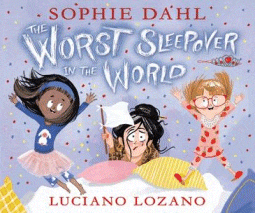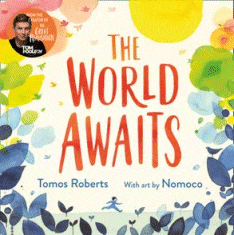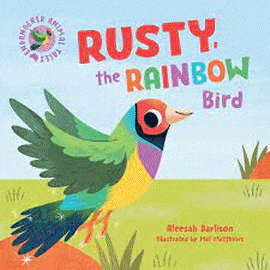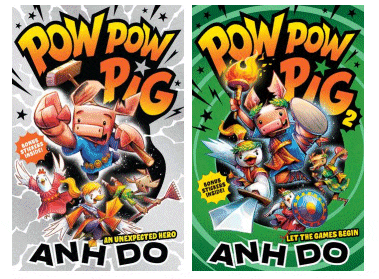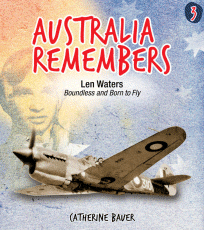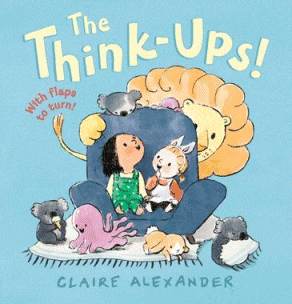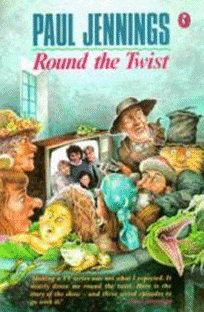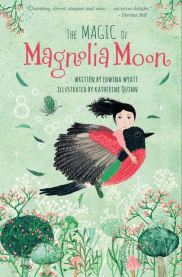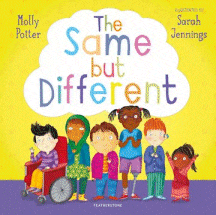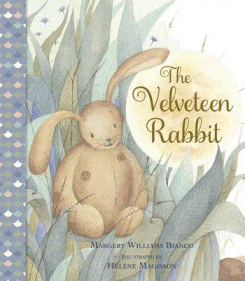
The Velveteen Rabbit
The Velveteen Rabbit
Margery Williams Bianco
Hélène Magisson
New Frontier, 2021
32pp., hbk., RRP $A14.99
9781913639891
Sitting at the top of the Boy’s Christmas stocking is a stuffed rabbit, sewn in a snuggly fabric called velveteen, and by far the most impressive present amongst the nuts, oranges, chocolate almonds and a clockwork mouse. But in a time of new-fangled mechanical toys the wonder doesn’t last long and the Velveteen Rabbit is soon discarded for toys with more whizbangery and it sits forlorn and forgotten in the nursery.
Wondering what it has done to deserve this fate, it confides in wise Skin Horse that he longs to be a real rabbit. Skin Horse tells him that toys do become real when they are loved by children. But the chances of that happening seem unlikely until the Boy becomes ill with scarlet fever and his nanny gives him the rabbit for company…
Reimagined with new illustrations in the softest of palettes, this is a classic story first published in 1922, that epitomises this year’s CBCA Book week theme of Dreaming with eyes open. It is not only quite an intense story with a number of twists and turns meaning it is probably one better shared and discussed with a child over a few sessions, but as with the stories of that era, it was intended to teach young children lessons about life and there are a number of these embedded in the narrative. So it throws up issues such as whether one’s looks really matter – it is who we are rather than what we look like; that there are hills and dales and ups and downs in everyone’s life and having the resilience to see them through shapes who we are and builds us for the next drama; that loving someone can be painful and that it can mean letting them go; to be careful what you wish for because the grass may not always be greener; and most importantly, IMO, is that who we are is enough. We don’t need to depend on the validation of others for our self-worth and confidence.
It might even spark a philosophical discussion about reality – what is real and how do we distinguish between the various versions of reality that the author presents with such conviction and so convincingly? If reading is dreaming with your eyes open, where is the border?
